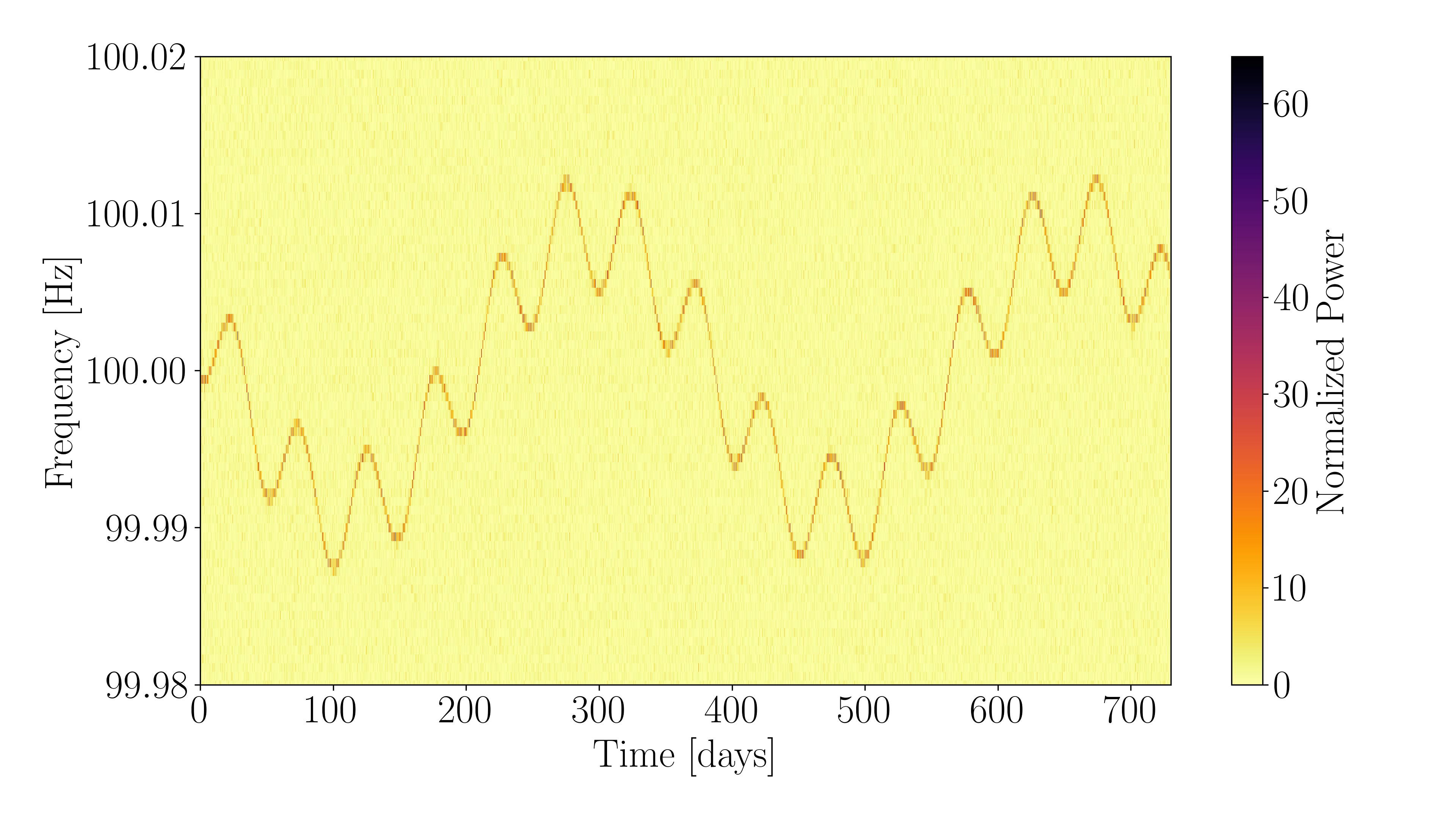While Virgo and LIGO have been undergoing upgrades, the data from the early part of the third observing run of the detectors (from April to September, 2019), have been analysed by researchers to look for signs of continuous emission of gravitational waves from rapidly spinning neutron stars. This makes it possible to set new, clear constraints for future searches.
Theory has it that, as they rotate, neutron stars emit continuous gravitational waves, because of asymmetries in the mass distribution around the rotation axis. The asymmetries may be due, for instance, to misalignments between their symmetry and rotation axes or to imperfections, sort of ‘mountains’, in the outer crust. Through the analysis of these gravitational-wave signals, scientists can probe and study the inner structure and composition of these extremely intriguing astrophysical objects.
Researchers of the LIGO and Virgo collaborations have looked for these continuous emission signals, focusing on those emitted from neutron stars in binary systems. Due to the movement and rotation of the Earth, this wave would appear with a characteristic frequency modulation, further characterised by the binary nature of the system. After integrating the data stream over the six-month period, no evidence of this signature modulation has been found. However, researchers have determined the maximum distance from the Earth that the search was able to probe and the maximum deformation allowed for a neutron star within this range, setting a clear constraint for future analysis. The results were released on the 25th of December on arXiv.org.
.
This is what the LIGO, Virgo and KAGRA Collaborations, in conjunction with NICER (Neutron star Interior Composition Explorer, a telescope installed on the International Space Station) have set out to investigate, by looking for continuous gravitational-wave emission from PSR J0537-6910. Also in this case, no evidence of this emission was found, but once again this allows us to gain new information: less than around 14% of the star’s spin-down luminosity is going into gravitational-wave production. The remaining energy has to be emitted through other mechanisms: for example X-ray and Gamma ray emissions or through the acceleration of charged particles, to create the so-called pulsar wind nebula.
Science Summaries of the papers:
https://www.ligo.org/science/Publication-O3aBinaryCW/
https://www.ligo.org/science/Publication-O3J0537-6910/
References to arXiv papers
https://arxiv.org/abs/2012.12926
https://arxiv.org/abs/2012.12128


